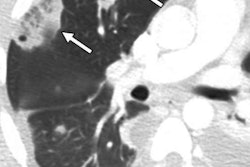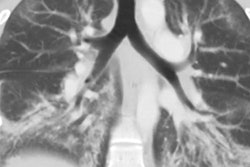Sunday, December 1 | 11:05 a.m.-11:15 a.m. | SSA12-03 | Room E450A
In this talk, researchers will present their automated method to provide opportunistic screening for vertebral fractures on CT exams.Osteoporosis is underrecognized as an underlying cause of fragility fractures. These fractures, which result from compromised bone strength due to a deficit in bone mass and decay in structural integrity, include all clinical fractures resulting from a low-trauma event, as well as asymptomatic, or morphometric, vertebral fractures, according to presenter Joeri Nicolaes, a computer scientist at pharmaceutical firm UCB Pharma.
Although often asymptomatic and not clinically apparent, these morphometric vertebral fractures are associated with increased morbidity and mortality, as well an elevated risk for future fractures that can occur at any site. In this patient population, CT scans performed for chest or abdominal examinations provide an opportunity to identify patients who have already had an asymptomatic vertebral fracture.
"We envisage building an automated method that detects the presence of vertebral fractures in any spine-containing CT and helps to address this major unmet medical need," Nicolaes told AuntMinnie.com.
Using 3D convolutional neural networks, the group of researchers developed an artificial intelligence (AI)-based method that -- unlike existing approaches -- doesn't require prior segmentation of the spine, he said. It also doesn't apply the traditional height-based 2D fracture assessment utilized with other techniques.
Instead, their model localizes and grades the fracture in a manner that's consistent with clinical practice, according to Nicolaes. In testing, the algorithm yielded an area under the curve of 0.95.
"While our first results are encouraging, we are actively working to strengthen the capabilities of this first model to cope with variability across scanners and patients and test it on bigger datasets from different centers," Nicolaes said.
Stop by this Sunday morning talk to get all the details.




















